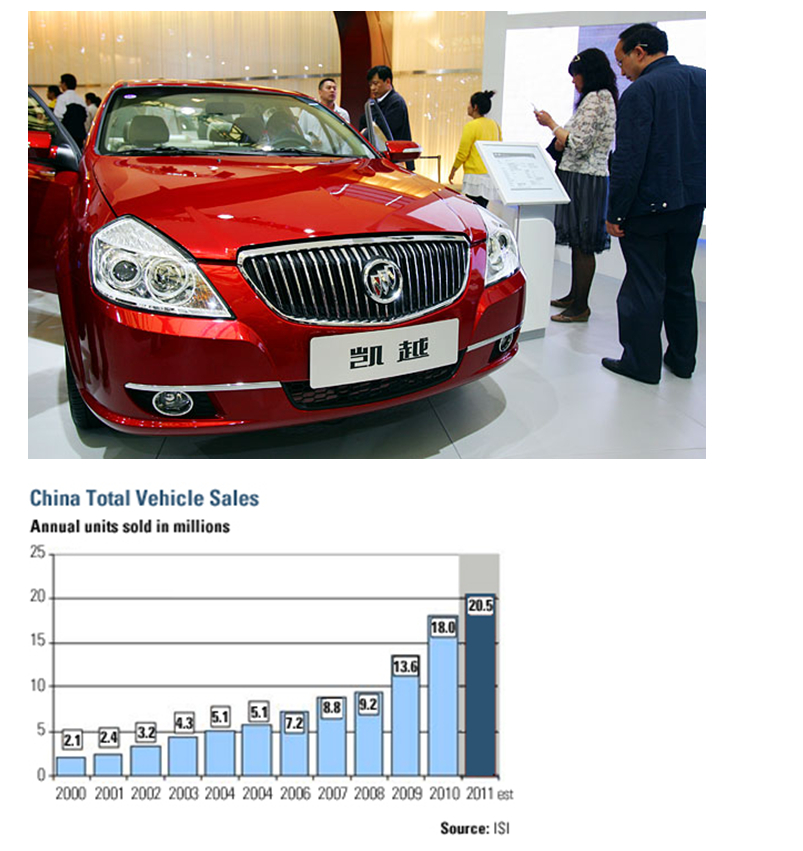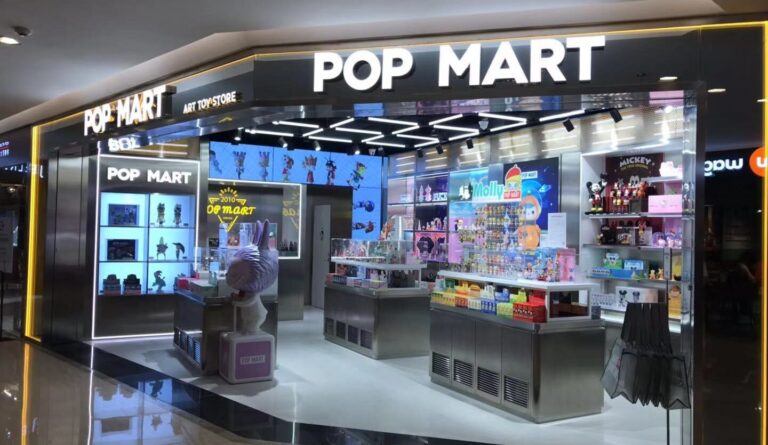Foreign Brands are still popular in China
The history of automobile in China is much shorter compared to Western countries. Thus, the perceptions of cars are different. In the West, cars are tools that are owned by almost every household regardless of their socioeconomic status. World Bank data shows that in U.S., vehicles per 1000 people are 797, Australia 695, France 580, while merely 58 in China. The lower vehicles per capita imply that cars in China have more external value; they are perceived as a symbol of the household’s prosperous socioeconomic status. A Chinese family rather saves up and spends money on a fine car. In 2013, the top three best-selling cars in China is Buick Excelle, New Hyundai Elantra and Volkswagen Jetta while the ones for U.S. are Ford F-Series pickup truck, Chevrolet Silverado and Toyota Camry. This also shows that U.S. consumers have a more practical taste for cars: they are more likely to choose light-trucks. Furthermore, we can see that Chinese consumers prefer foreign car brands than domestic ones. In fact, the market share of domestic brands of sedans has hit its lowest point this year whereas German-brand vehicles have led the sales, with Volkswagen at the top. Domestic brands, such as Great Wall, do not have the recognitions or the technologies that Chinese consumers look for, even though they often partner with U.S. or German firms.
This being said, China’s second-hand cars market is much less mature compared to the Western ones. In U.S, sales of second-hand cars (approximately 40 million per year) is usually twice or three times as many as sales of new cars; Japan’s sales of second-hand cars is .8-1.4 times as many as the new ones. However, in China, 4 million second-hand cars were sold in 2011, which accounts for less than a quarter of the sales of new cars.
Difference in branding strategy
From the automobile advertisements, we are able to distinguish the external values that appeal to Chinese and Western consumers. In the Chinese advertisements, cars, especially those of high-end, are associated with success. Dongfeng Nissan Teana uses “Noble choice for the new elites” as slogan; Audi A4 uses “Lead the era.” The explicit use of “noble” “success” “leader” also implies that the high-end brands target males of upper middle class. However, the western advertisements are more associated with lifestyle and environment. Volvo uses “Volvo. For Life.” Ford has used “Ford. Designed for living, Engineered to last.” Moreover, the use of animals in the advertisements projects Western consumers’ high salience in terms of environmental-friendly automobiles.
A slower buying process in China
Consumers’ processes of purchasing cars are different. In China, choosing cars takes longer because the potential buyers will do lots of research and hear advice from others; they will also take their families’ opinions so as to satisfy everyone. It is estimated that the choosing process will take about a month. In the West, choosing cars is more of personal preferences and is no more complicated than filling a couple of forms, and thus it takes shorter time. The payment methods are different as well. Chinese consumers and dealers prefer full payment, and many the promotions are only eligible under full payment. Western consumers usually pay by installments: 80% of cars in U.S are paid by installments.
Are american going to buy chinese cars?





